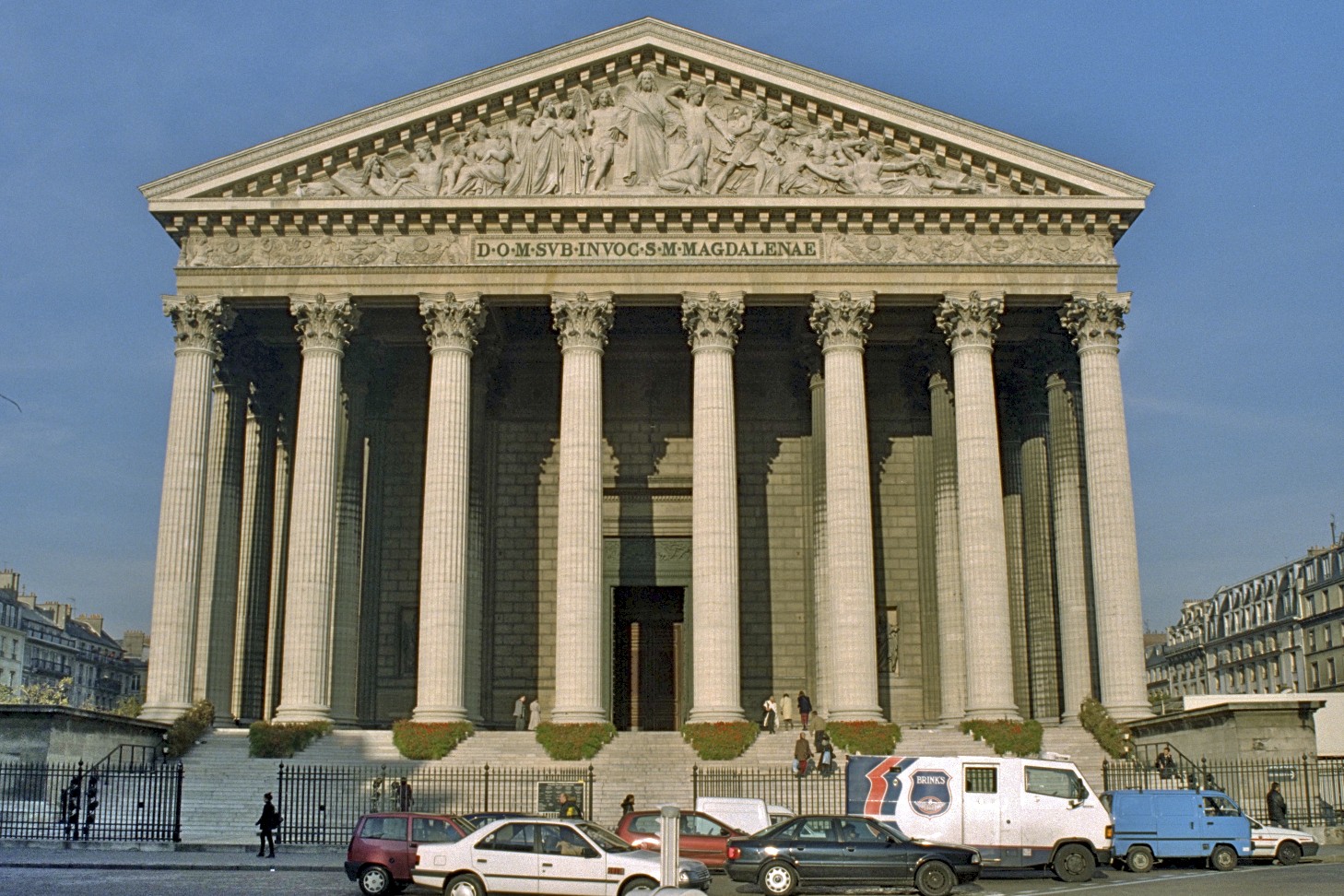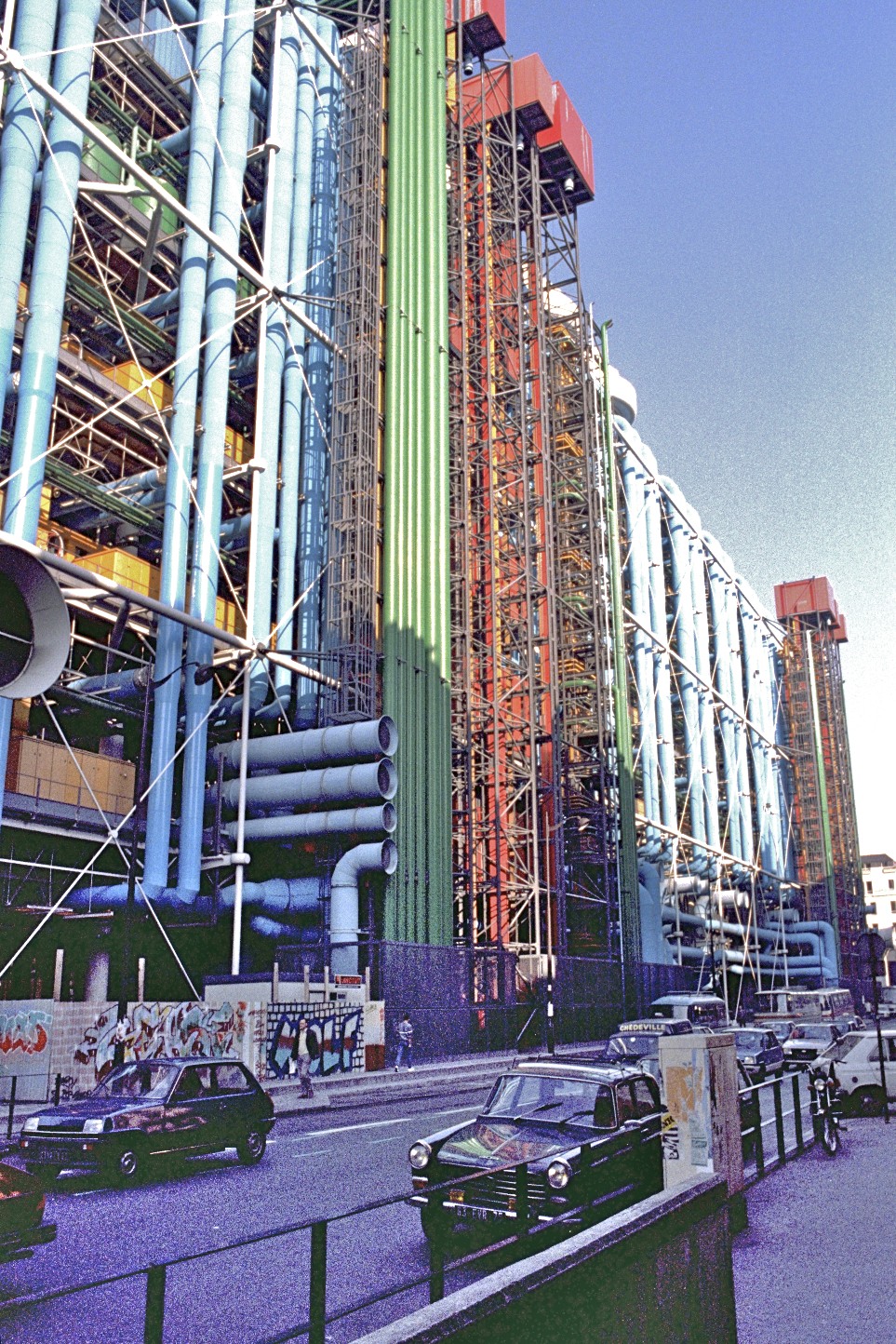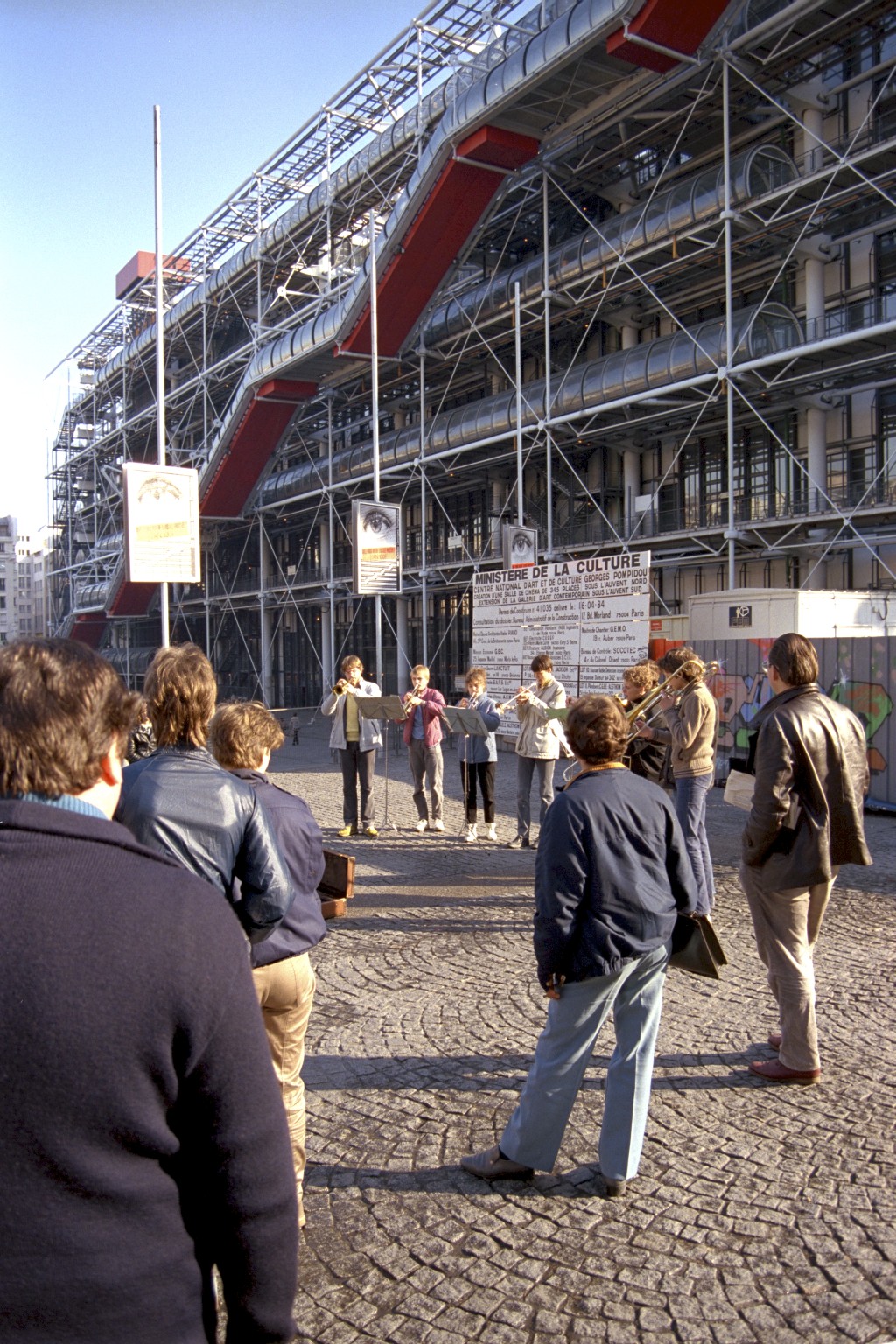Jardin du Palais Royal
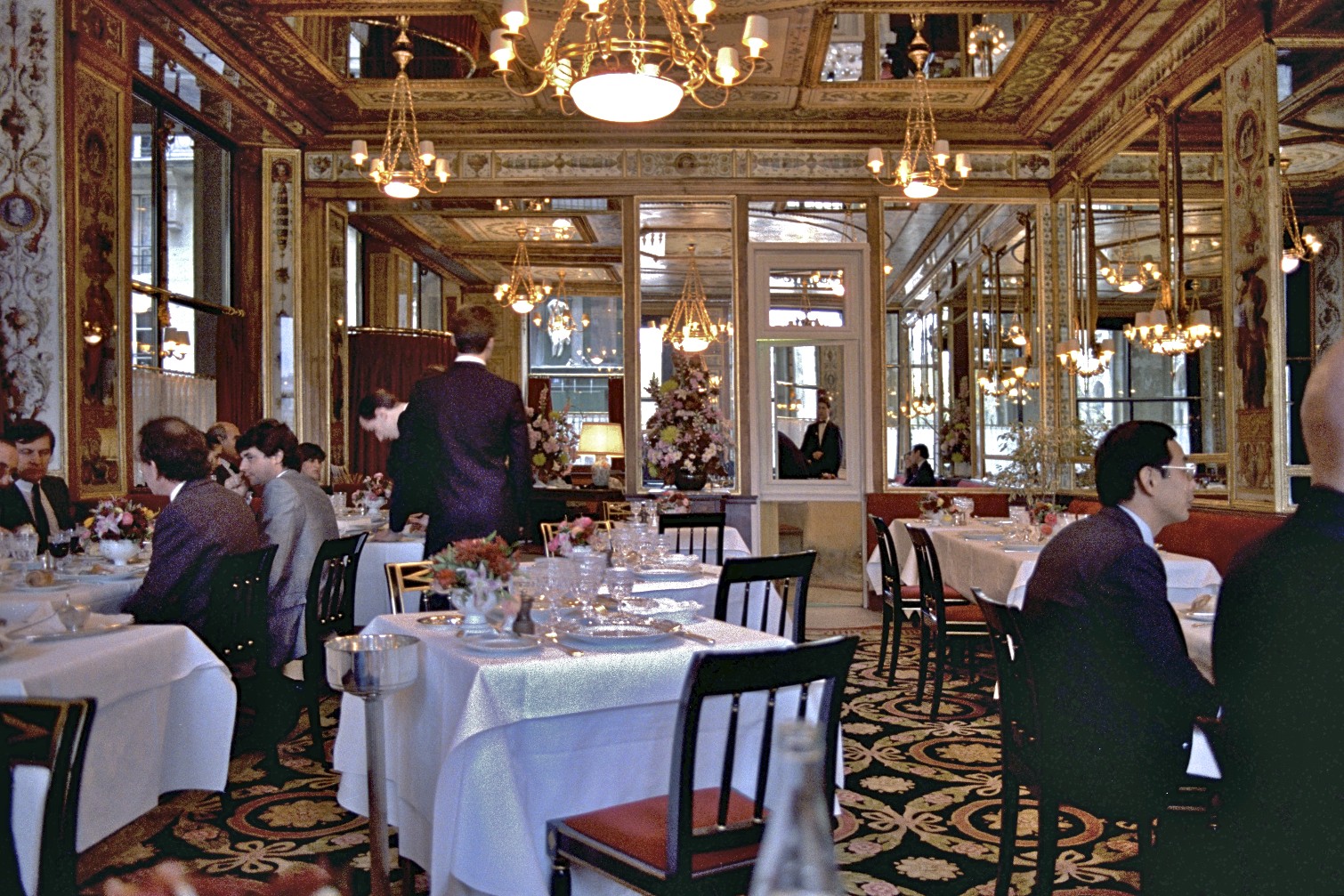
Grand Véfour
At the other end we arrive into Rue des Petits Champs where we turn left and go past Biblioteque Nationale on our left. Having passed it we have a look into the beautiful Galerie Vivienne on our left before we cross Rue des Petits Champs, go a few meters along Rue Vivienne, cross Rue Beaujolais and continue through a colonnade into the peaceful Jardin du Palais Royal.
All around Jardin du Palais Royal the traffic noise abounds, particularly at the south west, in Place André-Malraux. But here in the garden we hear no din from the outside world. Any many are unaware of this peaceful garden as it is only entered through a few modest passages.
From the colonnade we can enter Grand Véfour, one of the most famous and most bewitching restaurants in the world, if we have succeeded in booking a table. If we cannot afford to lunch there we only need a few steps to go to Rue Richelieu, where we find the unbelievably cheap restaurant Incroyable
Palais Royal
We look at the building at the southern end of the garden, Palais Royal.
Built in 1632 for cardinal Richelieu. Shortly after his death the palace became the royal residence for a while. It has retained its name since then. It now houses the council of State. The palace is best known from Louis-Philippe d’Orléans who came into possession of it in 1780 and had the three other wings built around the garden.
In those years this was the centre of high living in Paris. Elegant shops lined the ground floor behind the arcades. The next floors housed the aristocracy and the rich. General Blücher is said to have lost here a million francs and a half in a gambling den when he arrived from Waterloo.
The high life has disappeared. At noon some clerks come here to lunch out of their bags. A few dogs are walked around. Every now and then a child is seen. A few stroll around the arcades and peep into the windows of speciality shops in medals, coins, books or pipes. The place is good for rest after shopping or running traffic or after becoming tired of the nearby Louvre.

Comédie Française
If we leave at the south western corner we come out at Place André Malraux, where Comédie Française rises on the garden side of the square.
It has been operated as a national theatre at this location since just before the turn of the century. But its ensemble is much older, from 1680.
It now stresses traditional plays of authors like Molière. When we were last time in Paris, two out of four plays in the repertory were by Molière, one by de Becque and one by Tschekov.
From the square there is an excellent view up Rue de l’Opéra.




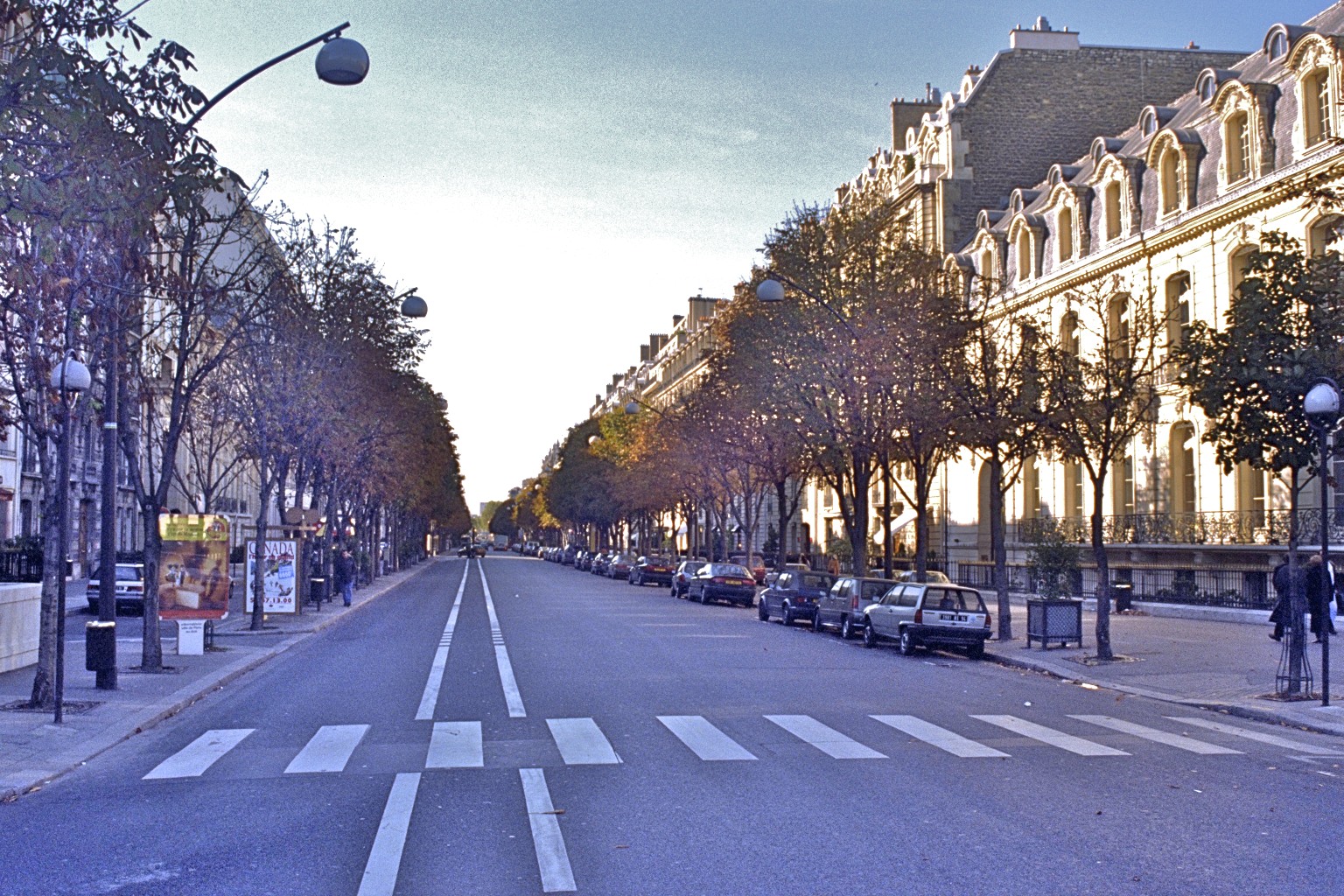 int we continue directly into Avenue Montaigne.
int we continue directly into Avenue Montaigne.
